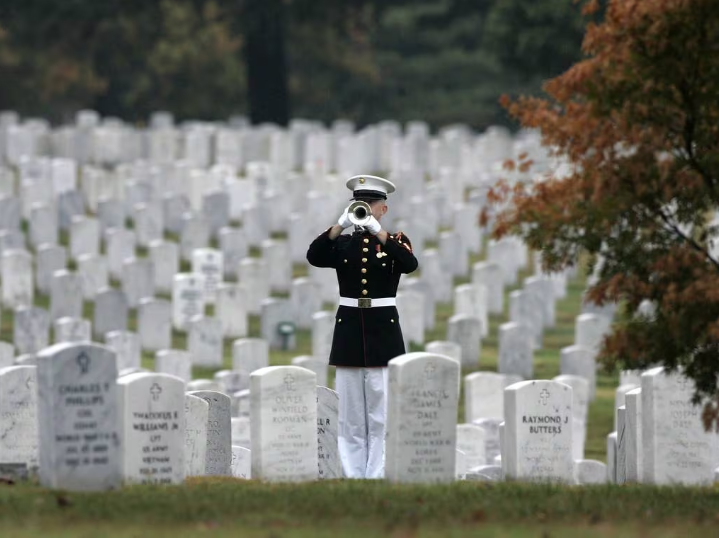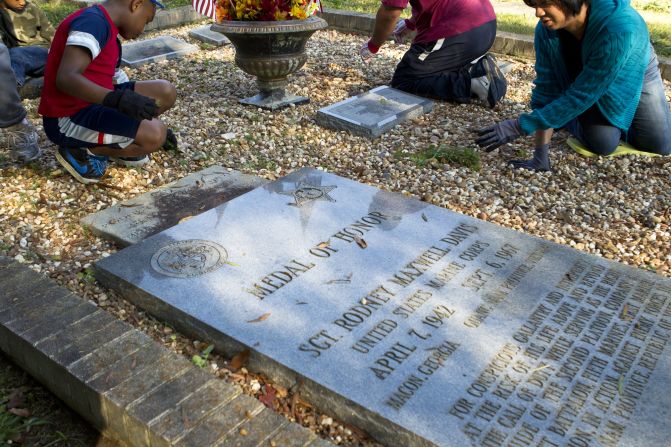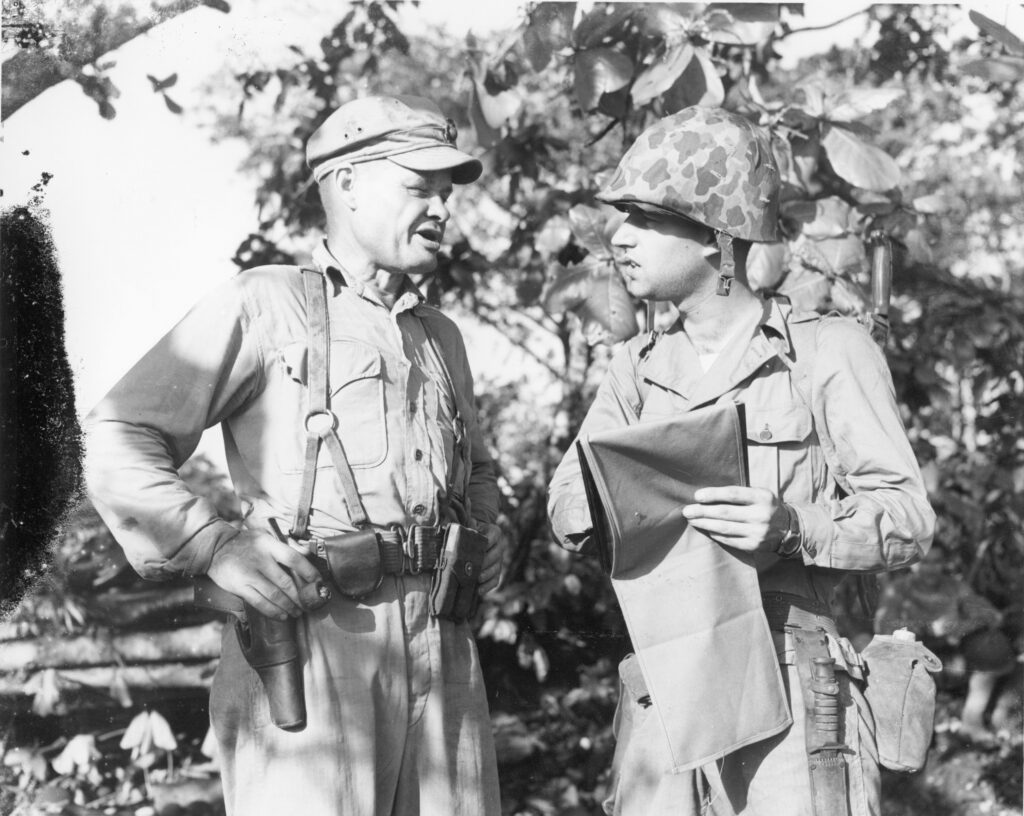The gravestones of United States Marines tell a story not just of individual lives but of the nation’s military history, cultural shifts, and technological advancements. Here’s an exploration of how these markers have evolved:
Early Beginnings: In the early days of the United States, gravestones for Marines, like those for other military personnel, were simple. Often, they were unmarked or marked with wooden boards or field stones, reflecting the limited resources and the transient nature of military life. The Civil War marked a significant change:
- National Cemeteries: The establishment of national cemeteries during the Civil War led to more organized burial practices. Here, gravestones began to be standardized, with names, ranks, and regiments inscribed, often on marble or granite.
Post-Civil War to World War I: The period after the Civil War saw:
- Standardization: The U.S. government started providing headstones for veterans, which included Marines. These were typically made of marble or granite, with designs reflecting the era’s aesthetic.
- Symbolism: The inclusion of symbols like the eagle, globe, and anchor became more common, representing the Marine Corps’ identity.






